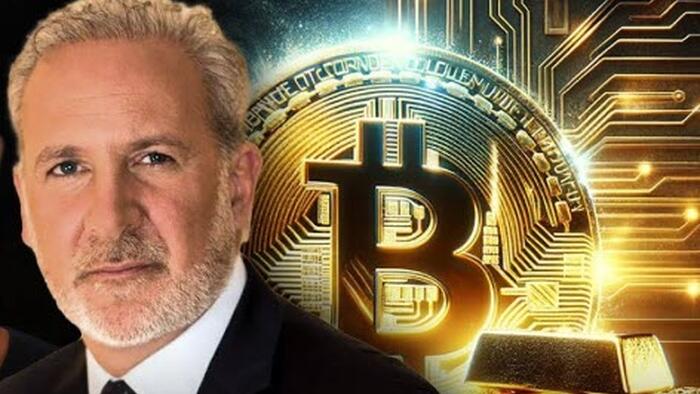Last week, an intellectually charged debate unfolded between Peter Schiff, a long-time gold advocate, and Robert Breedlove, a staunch supporter of Bitcoin. Moderated by Keith Knight on the show “What is Money?”, the discussion navigated through critical topics concerning the nature and future of money, the impacts of inflation, and the respective merits of Bitcoin and gold as sound monetary systems. Both debaters acknowledged the role of governmental actions as primary factors in generating inflation, which they defined as a taxing burden on consumers that distorts the true price dynamics of a functioning free-market economy, where prices are more likely to decline over time without central intervention.
In grounding their debate contextually, Schiff presented the Austrian school of economics perspective on the origin of money, emphasizing the necessity of non-monetary uses for commodities, particularly precious metals, prior to their adoption as currencies. This set the stage for a discourse that contrasted past and present monetary systems. Schiff highlighted gold’s longstanding utility as a universally accepted medium of exchange, a role that Bitcoin attempts to replicate. He argued that gold’s intrinsic value arises not just from market belief but from its unique properties as a precious metal, inherently needed for various applications. This historical backing and practical usability of gold, according to Schiff, provide it an advantage absent in Bitcoin and other cryptocurrencies.
As the debate progressed, Schiff raised concerns about Bitcoin’s uniqueness and sustainability in a rapidly evolving digital landscape. He asserted that Bitcoin lacks distinctive qualities that would solidify its position as the foremost cryptocurrency. The claim that Bitcoin is singular and irreplaceable ignores the existence of numerous other cryptocurrencies, all of which possess the potential for replication. He dismissed the notion that Bitcoin would maintain its value or relevance in the long term, suggesting that the speculative nature surrounding its current popularity primarily fuels its value rather than any inherent monetary functionality.
Schiff also critiqued the prevailing Bitcoin enthusiasm, which he characterized as predominantly speculative. He contended that many retail investors presently engaging with Bitcoin are not genuinely committed to its promise as a medium of exchange. Instead, they are drawn by the potential for short-term profits, further amplified by the use of exchange-traded funds (ETFs). This observation led to an examination of the characteristics of Bitcoin as an asset versus its practical application as money, illuminating a disconnect between investor sentiment and functional utility.
When counterparty risk—the risk that one party in a transaction may not fulfill their obligations—was introduced into the discussion, Breedlove sought to position Bitcoin as a solution to this problem. However, Schiff countered effectively by arguing that counterparty risk is an inevitable aspect of market economies. He highlighted that inherent risks exist in all forms of asset custody, including Bitcoin, suggesting that merely highlighting custodial trust issues doesn’t provide a competitive advantage for cryptocurrency over traditional forms of sound money like gold.
In concluding his position, Schiff posited that technological advancements would bolster gold’s monetary characteristics rather than undermine them as some proponents of Bitcoin suggest. He advocated for a return to a gold standard, emphasizing the historical reliability and performance of gold as money throughout thousands of years. Schiff expressed a clear conviction that resources should be allocated toward enhancing gold’s usage and reinforcing its role in the monetary system, rather than pursuing a revolutionary currency like Bitcoin, which he perceives as an unstable and speculative construct without the foundational attributes necessary for a robust monetary system. This debate underscores the ongoing tension between traditional and emerging monetary paradigms as they vie for recognition and adoption in today’s economic landscape.

